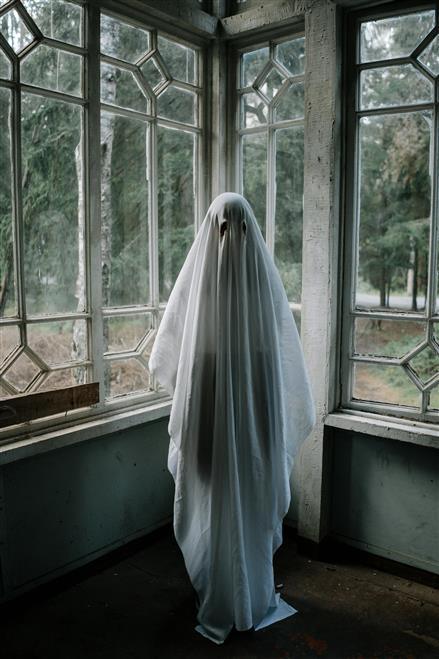
We live in a world that treats exhaustion like a badge of honor. “How’s work?” someone asks, and we reflexively answer, “Busy!” as if that word alone confirms we’re doing something worthwhile.
We measure our days in tasks completed, emails replied to, and hours clocked in. We glorify late nights, burn the candle at both ends, and silently compete over who can function on the least amount of sleep. But here’s the uncomfortable truth: busyness doesn’t always equal productivity. And faster doesn’t always mean better.
The hustle culture—loud, caffeinated, always on—sells the idea that grinding nonstop leads to success. But what if the opposite is true? What if the real breakthroughs come not from pushing harder, but from slowing down?
The Hustle Trap
The modern workplace often equates speed with value. The more you do, and the faster you do it, the more productive you’re seen to be. This mindset has seeped into freelancing, startups, corporate culture, and even creative industries.
The problem is that hustle has no off-switch. When your worth is tied to your output, rest starts to feel like laziness. Vacations feel guilty. Lunch breaks become optional. And worst of all, quality begins to suffer.
You check tasks off a list, but did they matter? You answer emails at 10 p.m., but what did you trade for that extra screen time? Most of us know, deep down, that constantly rushing doesn’t feel good. We just haven’t been given permission to stop.
Why Slower Doesn’t Mean Less Effective
There’s a quiet rebellion happening among people who’ve burned out and come back with a new philosophy: work slower, but think sharper. This doesn’t mean procrastination or laziness. It means bringing intention into your workday.
Slower work allows for:
- Deeper focus. You stop multitasking and actually engage with what you’re doing.
- Fewer mistakes. Speed breeds carelessness. Slowness gives space for accuracy.
- More creative thinking. The mind needs silence and boredom to come up with original ideas.
- Better decision-making. When you aren’t in constant reaction mode, you can assess what truly matters.
Many of the best ideas don’t arrive when you’re rushing between meetings or hammering through a to-do list. They show up in the quiet moments—while walking, showering, or staring out the window. In other words, when your brain isn’t being told what to do.

Time Management vs. Energy Management
Much of hustle culture revolves around time management—squeezing as many tasks into a day as possible. But time is finite. You can’t create more of it.
Energy, on the other hand, fluctuates. Some tasks drain you. Others give you life. Slowing down helps you become more attuned to these rhythms. You start planning your day not just around what needs to get done, but when you’re best suited to do it.
This shift isn’t flashy. You won’t get a standing ovation for blocking out an hour to think deeply or stepping away from your desk to go for a walk. But the long-term results are different: fewer errors, more clarity, and work that actually moves the needle.
Quality Over Quantity—For Real
Let’s talk about output. Yes, hustle can lead to lots of stuff getting done. But what’s the quality of that work? Is it repeatable? Is it meaningful?
Slower work doesn’t mean doing less; it means doing better. Thoughtful projects, well-edited writing, carefully designed products, meaningful conversations—these things take time. They don’t fit neatly into a 15-minute calendar slot.
When we slow down, we stop treating work like a race and start treating it like a craft. We ask different questions: What does excellence look like here? What’s the real goal? What can I remove instead of add?
In other words, we start working smarter—not just harder.
The Cost of Constant Motion
We rarely talk about what we lose in the name of hustle: sleep, creativity, health, relationships, peace of mind.
Over time, the body keeps score. Stress builds. Burnout creeps in. You might keep producing, but with diminishing returns. The well gets dry.
It’s also worth noting that hustle rarely makes room for reflection. When you’re always moving, you don’t stop to ask if you’re even going in the right direction. Slowness gives you space to realign, rethink, and sometimes course-correct.
What “Slow Work” Actually Looks Like
If this all sounds good in theory but vague in practice, here are some concrete examples of slower, smarter work:
- Blocking deep work time. Uninterrupted, no-notification hours to focus on something meaningful.
- Saying no more often. Just because you can do something doesn’t mean you should.
- Single-tasking. Giving full attention to one thing at a time, even if it feels inefficient at first.
- Building in margin. Not packing every minute of your day—leaving room to think, pivot, or rest.
- Rest as strategy. Taking real breaks—walks, naps, weekends off—not as indulgence, but as fuel.
This approach isn’t lazy. It’s rigorous in a different way. It asks you to slow down on purpose—to be deliberate with your energy and mindful of what you’re creating.
Cultural Shifts and Personal Choice
Thankfully, some organizations are beginning to see the light. Four-day workweeks, meeting-free days, flexible hours—these aren’t just perks. They’re an acknowledgment that people aren’t machines. Productivity doesn’t mean perpetual motion.
But even if your workplace hasn’t caught up, you can begin to shift your own rhythm. It starts with small choices: not answering that email at midnight, taking a real lunch break, turning off notifications for an hour, or simply pausing to ask, What matters most today?

Final Thoughts: Slowness Is Not the Enemy
We’ve been sold the myth that hustle is the only way forward. That speed wins. That busy is better. But take a look around. The most impactful work—the stuff people remember, the ideas that endure—often comes from people who took their time.
You don’t have to be available 24/7. You don’t have to sprint through every day. You don’t have to exhaust yourself to prove you’re doing enough.
Sometimes, the smartest thing you can do is slow down—so you can finally do your best work.



